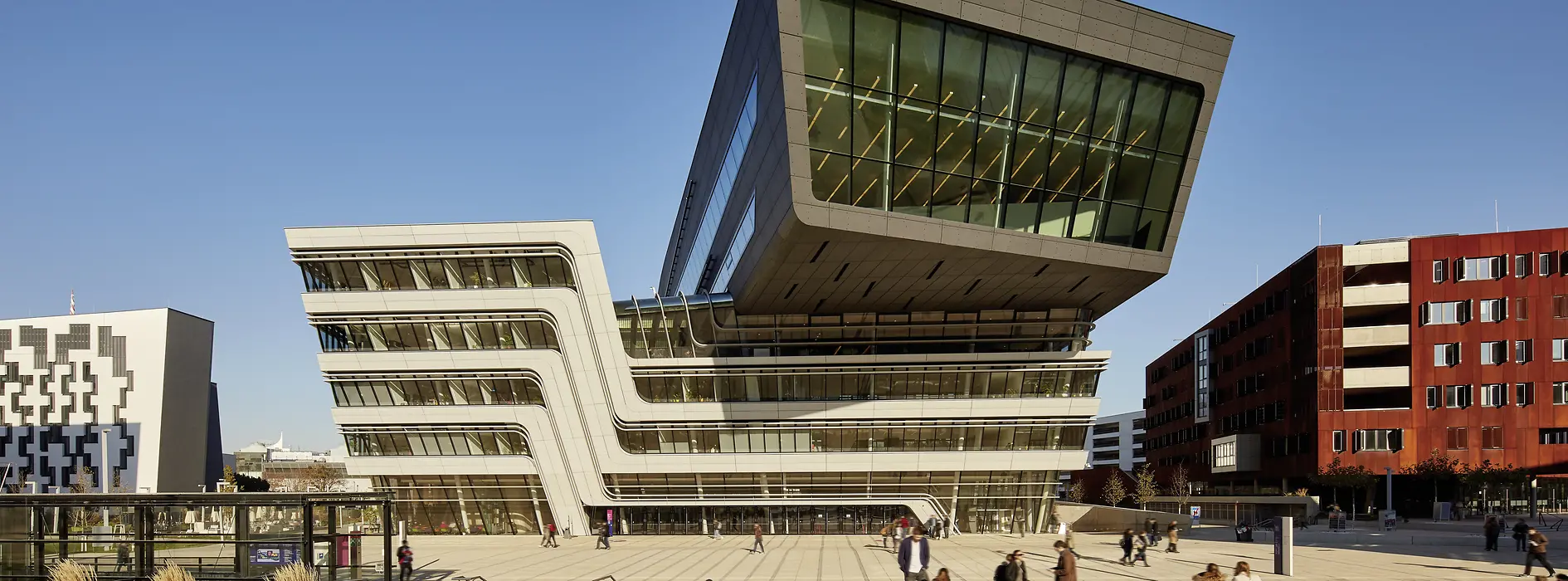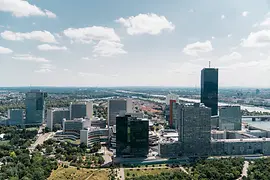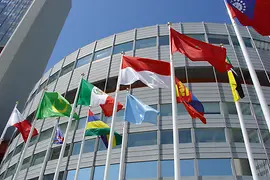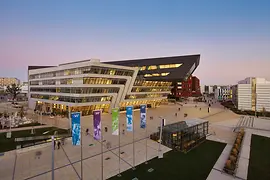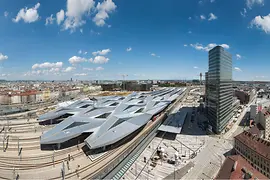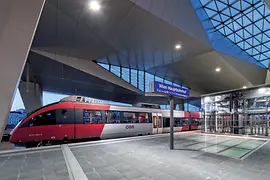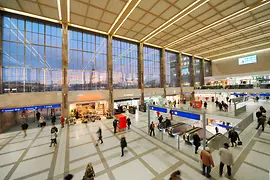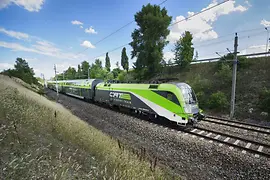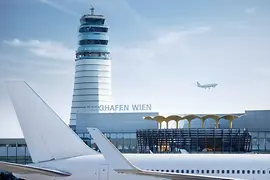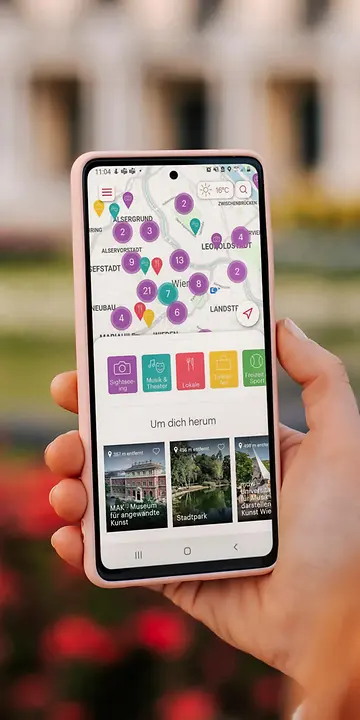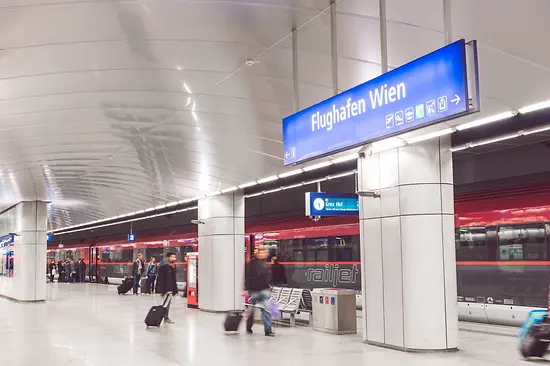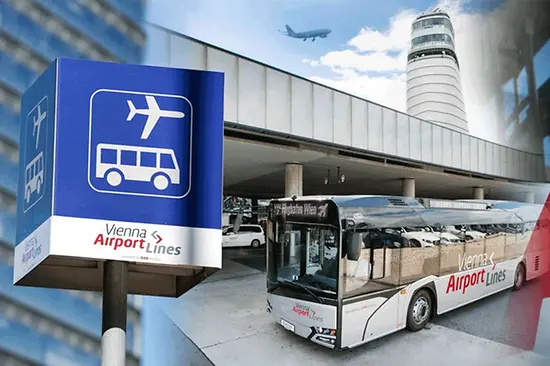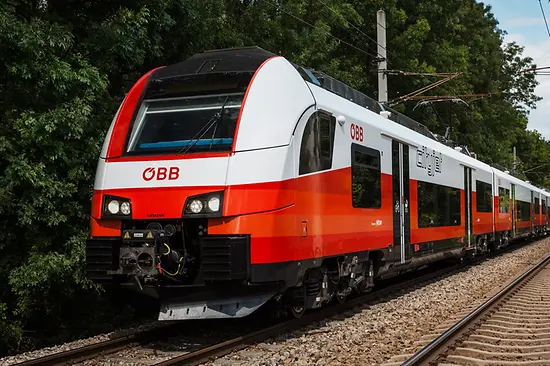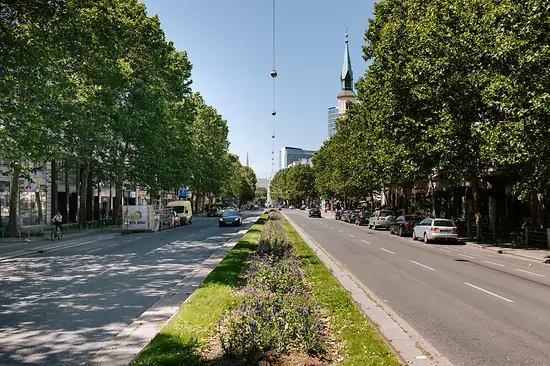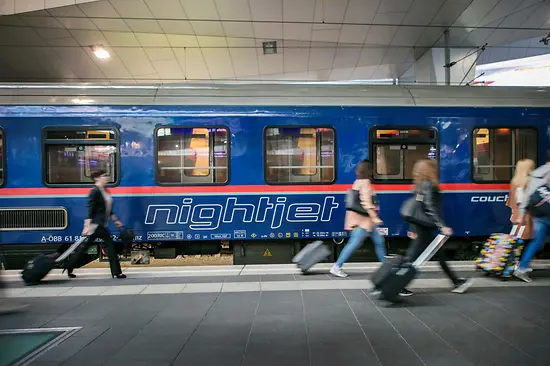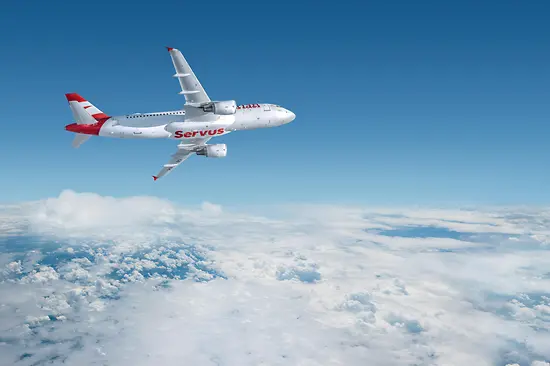City of international encounters
Numerous international organizations and global companies have chosen Vienna as a city for their headquarters. The most prominent example is the United Nations, which selected Vienna as one of its four official seats. The city is home to more than a dozen UN organizations as well as numerous other international organizations (like OPEC and the OSCE) – with a total of around 19,000 employees. Over 200 international companies have their headquarters in Vienna, as do many Austrian companies of global significance (e.g. Wienerberger AG, OMV). Vienna is also highly appreciated by expats.
University city with tradition
Around 190,000 students at nine universities, six universities of applied sciences and eight private universities also make Vienna a KnowledgeCity. It is the second-largest in the German-speaking countries after Berlin. Many universities and faculties occupy venerable old buildings, where outstanding academic achievements have been produced for centuries. Others are part of the modern city of Vienna: with the construction of the new campus of the Vienna University of Economics and Business Administration to a "green building" concept, a unique campus has been created that offers students and teaching staff optimal surroundings for education and research.
Pivotal point
Numerous measures have made the city's transport infrastructure ever more efficient in recent years. Above all, the modernization of the city's main stations contributed to that. Vienna's ultramodern main station is a modern landmark and international mobility hub in one. It is Vienna's main hub for local and long-distance traffic, and also the largest night-train hub within the EU. From here you can reach all provincial capitals without changing trains, and it only takes 15 minutes to get to the airport. Vienna Main Station is also perfectly connected to the city's transport network (subway, rapid transit railway, trams and bus lines). Inside the light-filled building, almost 150,000 passengers a day can find about 90 shops and eateries on several levels. A new, attractive city district, the Sonnwendviertel, is also being created around Vienna Main Station, with numerous offices, hotels and residential buildings designed by prize-winning architects as well as shopping facilities.
Vienna's Westbahnhof has also been extensively modernized. The historic, heritage-listed station hall remains an eye-catcher. The station has also been connected to a modern shopping center, the BahnhofCity Wien West, since 2011. Passengers can continue to all points of the compass from the Westbahnhof by subway or tram. The heavily frequented Wien Mitte Station is one of the most important transport hubs in the city. Subway and express train lines intersect here – including the S7 airport express train – as well as a tram and bus line. The check-in counters for many airlines and the terminal of the airport express train City Airport Train CAT make Wien Mitte a central hub and point of departure for travelers.
In the heart of Europe
Vienna Schwechat Airport plays an important role in international aviation. Its infrastructure has also been gradually improved in recent years. Its handling capacity was increased hugely with the commissioning of Terminal 3. Passengers now have twice as much terminal space at their disposal. That means shorter check-in times and faster security checks. Passengers enjoy maximum comfort and convenience thanks to free WiFi, numerous power sockets for laptops and smartphones, an attractive range of dining facilities and numerous shopping outlets.
